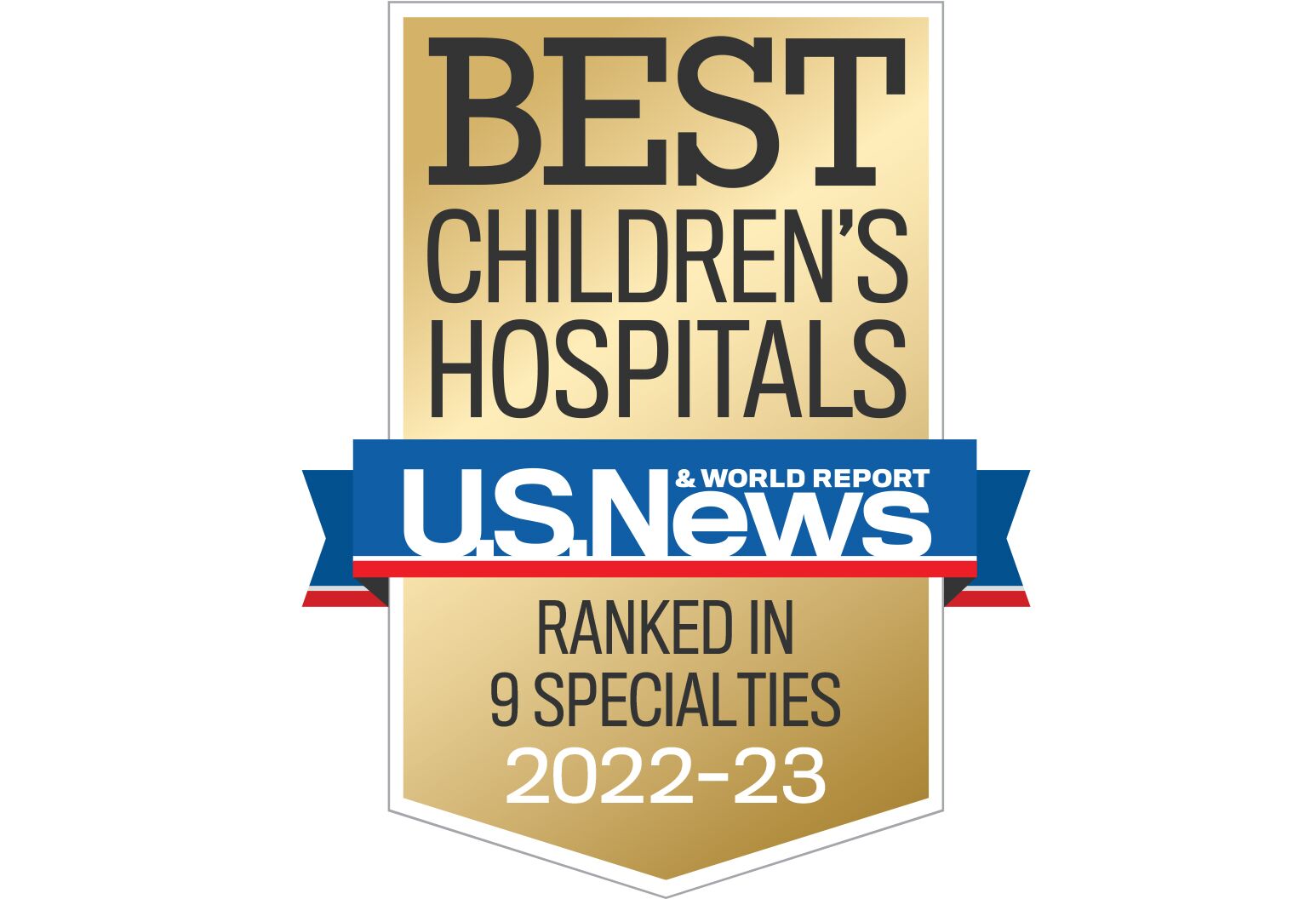
The hospice industry was once dominated by non-profits. However, there have been significant increases in the number of for-profit hospices both in urban and rural areas. Critics argue that for profit hospices use Medicare policies to generate more revenue. While most hospice care is provided in private homes and assisted living facilities, some hospice services are also available in skilled nursing and skilled living facilities. Some states allow hospice care to be provided in hospitals.
Non-profit hospice
There are two types of hospices in the United States: nonprofit and for-profit. A nonprofit hospice is not a for-profit and does not pay tax on Medicare or Medicaid funds it receives. However, a for profit hospice must pay taxes since it is a company and must make profits. While for-profit hospices don't have to give away patient care money, they may use this money to support other programs.
While federal law does not require nonprofit hospices to accept Medicare, regulations must be adhered to in order for them to accept the money. They must also be certified and approved by Medicare. Some hospices go above and beyond legal requirements. However, for-profit hospices are required to provide basic training and may not be allowed to offer additional services.

For-profit hospice
It is essential to be able to tell the difference between a charitable hospice and one that is for-profit when you choose a hospice. Both have their advantages and drawbacks. Nonprofit hospices can provide better patient care than for-profit ones. They also have fewer trained staff and have less staff per patient than non-profit hospices.
Hospice can be a great option for patients facing death, but it can also make them feel unhappy and let down. Hospitals and health systems have begun offering transitional programs for those who are not ready to go hospice. This creates a gap of care in a crucial time.
According to The National Hospice and Palliative Care Association the industry of hospice is $19 Billion in size and nearly all its funding comes from taxpayers. The rising demand has put more pressure on family caregivers who are often the ones providing the most care for their loved one. Joy Johnston's experience with her mother moving her bowels changed her perspective on hospice care. This is a common issue among terminal patients.
Medicare hospice
Medicare hospice is a program that allows beneficiaries to receive care from a qualified hospice provider. For hospice providers, there are certain requirements. In order to plan their care, beneficiaries should meet with their hospice physicians on a regular basis. These meetings are required during every 60-day benefit. If the hospice provider denies hospice treatment to a beneficiary, the beneficiary may appeal.

Medicare hospice does not cover ambulance or emergency room services. Even if the patient is not suffering from a terminal illness, the hospice team will have to arrange these services. In such cases, Part D prescription drug coverage remains in effect. This coverage also covers medications needed to manage symptoms or pain.
Medicare hospice payments were low relative to total Medicare spending in the past. In fiscal 1985, Medicare paid $10.3 million to hospice care for nearly 4,700 beneficiaries. If you multiply the Medicare care for hospice beneficiaries by 0.96, then the net Medicare benefit would be $3.7million, which is still well below the 0.01 Percent threshold.
FAQ
What does "health care" actually mean?
The delivery of services that promote good mental and physical health is called health care.
What does it mean to "health promote"?
Health promotion refers to helping people stay healthy and live longer. It focuses on preventing sickness rather than treating existing conditions.
It also includes:
-
eating right
-
Sleeping enough
-
exercising regularly
-
staying active and fit
-
not smoking
-
managing stress
-
Keeping up to date with vaccinations
-
How to avoid alcohol abuse
-
Regular screenings, checkups, and exams
-
Learning how to manage chronic diseases.
What are the main functions and functions of a health-care system?
The health care system must offer quality services and adequate medical facilities at an affordable cost to people who have a medical need.
This includes providing preventive care, encouraging healthy lifestyles and the appropriate treatment. It also requires equitable distributions of healthcare resources.
What are the three main goals of a healthcare system's healthcare system?
Three of the most important goals for a healthcare system are to provide quality care at a reasonable cost, improve health outcomes, reduce costs, and help patients.
These goals have been combined into a framework called Triple Aim. It is based off research by Institute of Healthcare Improvement. IHI published this in 2008.
The idea behind this framework is that if we focus on all three goals together, we can improve each goal without compromising any other goal.
They don't compete against each other. They support one another.
If people have more access to care, it means that fewer people will die because they cannot pay. This decreases the overall cost associated with care.
We can also improve the quality of our care to achieve our first goal, which is to provide care at an affordable cost. It improves outcomes.
What should we know about health insurance
You should always keep track of the policy documents if you have insurance for health. Ask questions if you are unsure about your plan. Ask your provider or customer service to clarify anything.
When you are using your insurance, be sure to take advantage the deductible that your plan offers. Your deductible refers to the amount you pay before your insurance starts covering the rest.
Statistics
- Healthcare Occupations PRINTER-FRIENDLY Employment in healthcare occupations is projected to grow 16 percent from 2020 to 2030, much faster than the average for all occupations, adding about 2.6 million new jobs. (bls.gov)
- Consuming over 10 percent of [3] (en.wikipedia.org)
- For instance, Chinese hospital charges tend toward 50% for drugs, another major percentage for equipment, and a small percentage for healthcare professional fees. (en.wikipedia.org)
- Price Increases, Aging Push Sector To 20 Percent Of Economy". (en.wikipedia.org)
- The healthcare sector is one of the largest and most complex in the U.S. economy, accounting for 18% of gross domestic product (GDP) in 2020.1 (investopedia.com)
External Links
How To
What are the Four Health Systems?
The healthcare system includes hospitals, clinics. Insurance providers. Government agencies. Public health officials.
The ultimate goal of the project was to create an infographic that would help people to better understand the US health system.
These are some key points.
-
Annual healthcare spending amounts to $2 trillion, or 17% of GDP. This is nearly twice the amount of the entire defense spending budget.
-
Medical inflation reached 6.6% last year, higher than any other consumer category.
-
Americans spend 9% of their income annually on health.
-
There were more than 300 million Americans without insurance as of 2014.
-
Although the Affordable Healthcare Act (ACA), was passed into law, implementation has not been completed. There are still significant gaps in coverage.
-
A majority of Americans believe the ACA should be maintained.
-
The United States spends more on healthcare than any other country.
-
Affordable healthcare would lower the overall cost by $2.8 Trillion annually if everyone had it.
-
Medicare, Medicaid and private insurers pay 56% of healthcare expenses.
-
These are the top three reasons people don’t get insured: Not being able afford it ($25B), not having enough spare time to find insurance ($16.4B), and not knowing anything ($14.7B).
-
There are two types: HMO (health maintenance organisation) and PPO [preferred provider organization].
-
Private insurance covers almost all services, including prescriptions and physical therapy.
-
Programs that are public include outpatient surgery, hospitalization, nursing homes, long-term and preventive care.
-
Medicare is a federal program which provides senior citizens with coverage for their health. It pays for hospital stays and skilled nursing facility stays.
-
Medicaid is a state-federal joint program that provides financial help to low-income persons and families who make too many to qualify for any other benefits.